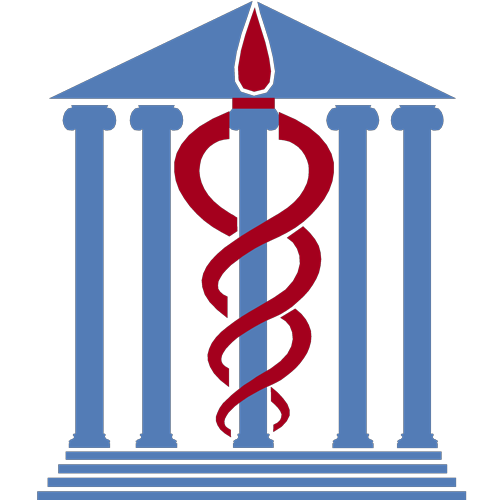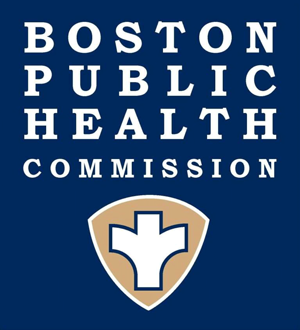Public Resources
Public Resources
Personnel & Training
Training should be tailored to the role staff will assume during a decontamination team activation and is typically divided into Awareness Level and Operations Level.
Donning and operating in chemical protection equipment carries a degree of physical stress. Therefore, potential decon team members should undergo a medical evaluation to determine their fitness to wear this gear. The Occupational Safety and Health Administration (OSHA) maintains these standards and can be found at this site.
1. Medical staff
Medical staff should have Awareness level training in order to recognize and detect contaminated victims or other hazards. Awareness level training is mostly defensive and is geared towards recognition and taking initial response actions. These individuals would typically not enter hazardous areas and would don personal protective equipment only to escape a hazard.
A good training paradigm for awareness level staff training is RAIN:
- Recognize – Can you recognize a threat using clues around you? Are there obvious odors present? Are people in the immediate vicinity complaining of similar symptoms such as headache, dizziness or nausea? Perhaps there is obvious contaminant on victims approaching you.
- Avoid – Do not contaminate yourself or staff by approaching or touching these individuals. Don personal protective equipment if available and if trained in its use.
- Isolate – Keep untrained and unprotected staff from entering unsafe areas. Move contaminated victims to a safe place where vapors will carry away from the facility. If in an interior part of the facility, seal off that area and do not allow contaminated victims or staff to leave.
- Notify – As soon as possible, make an internal notification of the incident. If resources beyond your scope may be required, notify outside agencies as well.
Medical staff should also know treatment protocols for the various agents that may present. These are usually described as Chemical, Biological, Nuclear, Radiation, and Explosive (also called CBRNE or see-burn-ee). Other than medical personnel, any staff member that has contact with patients or visitors at the “ground level” should also have Awareness level training. This includes, but is not limited to: Security Personnel, Valet Parkers, Greeters, and Transporters among others.
2. Decontamination team
The decontamination team should receive Operations level training as staff may be operating in hazardous areas. Decon team members may be required to don chemical protective equipment and respirators and actually perform decontamination techniques on victims. Normally, Level C protection is adequate for healthcare facility decon team members.
The chart below describes the various levels of chemical protection levels:
Chemical Protection Level | Description | Respiratory Protection | Splash Protection |
A | Fully encapsulated suit | Self-Contained Breathing Apparatus (SCBA) | Maximum |
B | Pull-on coverall style | Self-Contained Breathing Apparatus (SCBA) | Moderate |
C | Pull-on coverall style | Air Purifying Respirator (APR) or Powered-Air Purifying Respirator | Moderate |
D | Daily duty uniform | N-95 if required | Minimal |
3. Other staff members
All hospital staff should be trained in recognition and initial actions. They may not respond to or be involved in decontamination, but they should know how to activate the team and keep themselves from becoming contaminated.
« Previous | Topic Home | Next »

